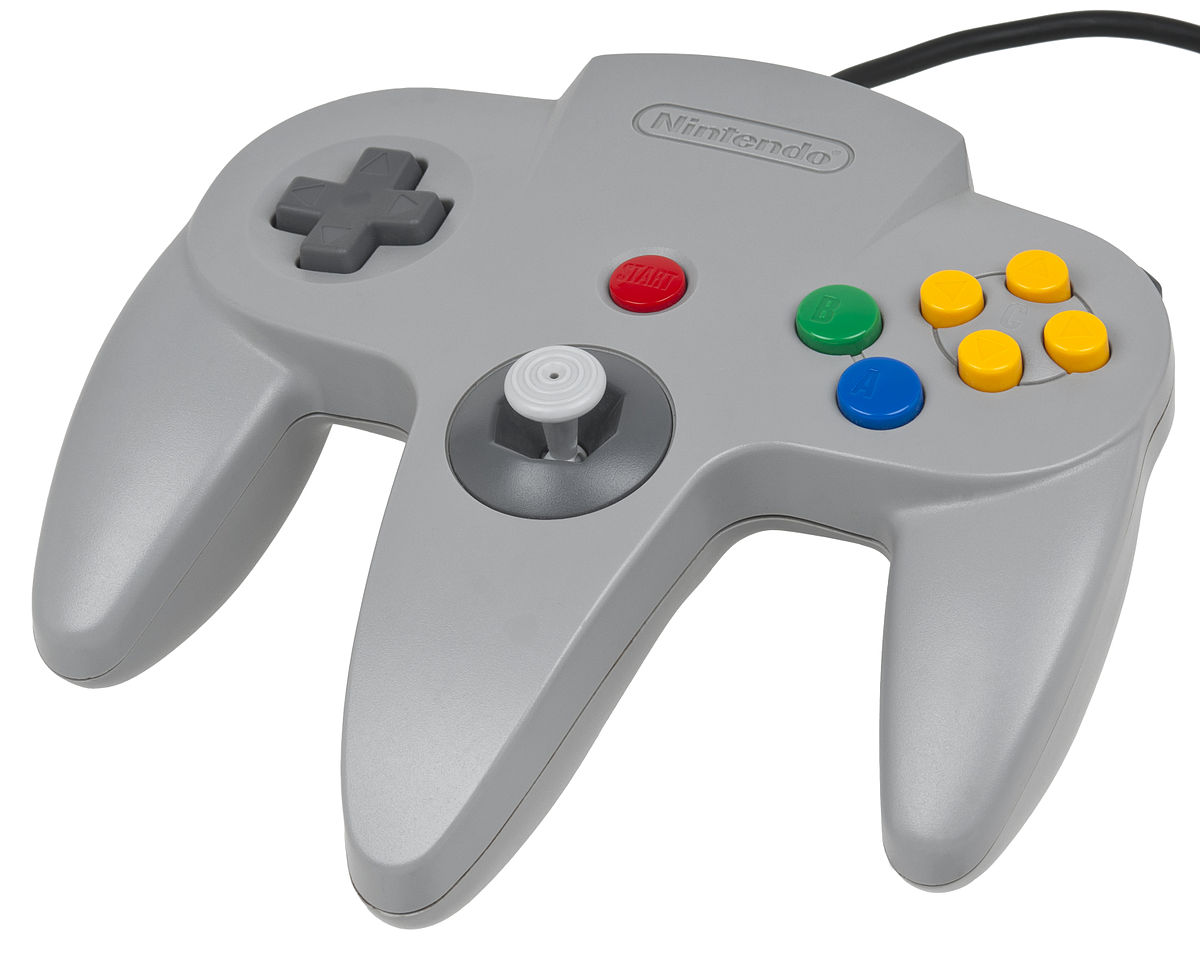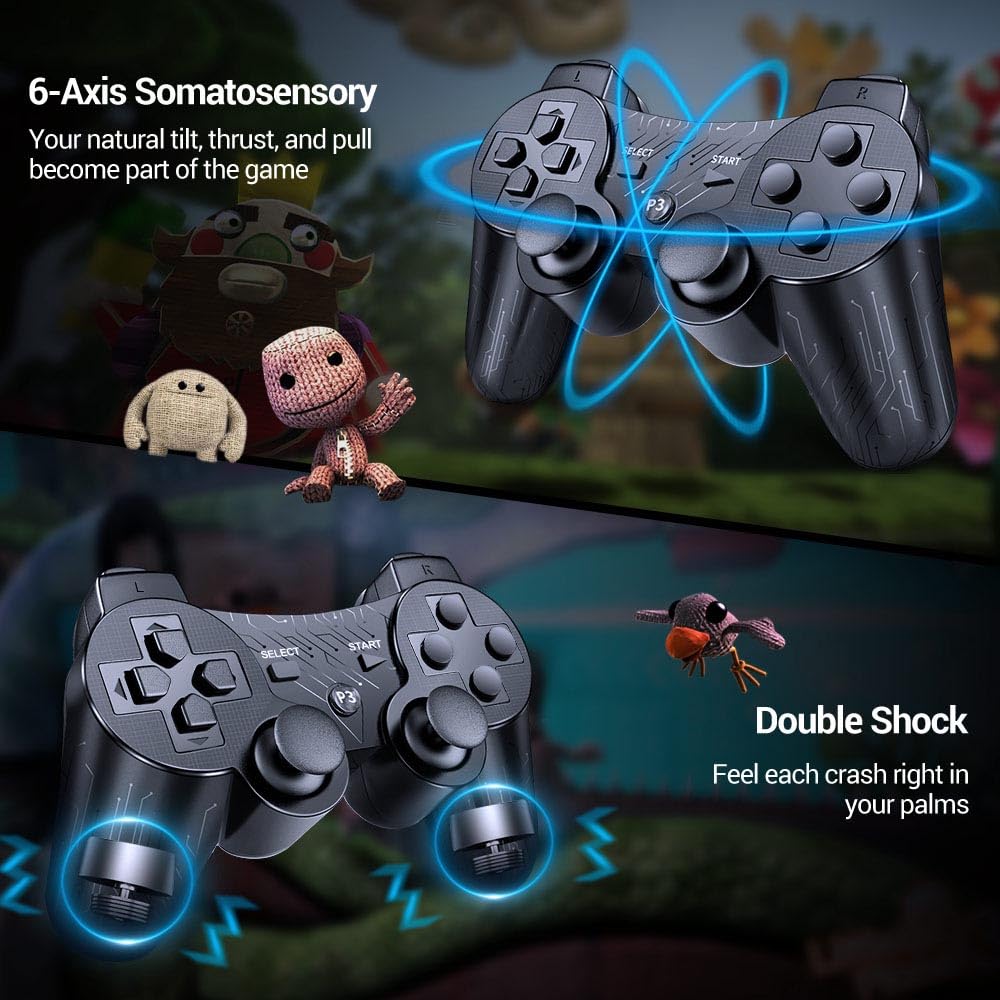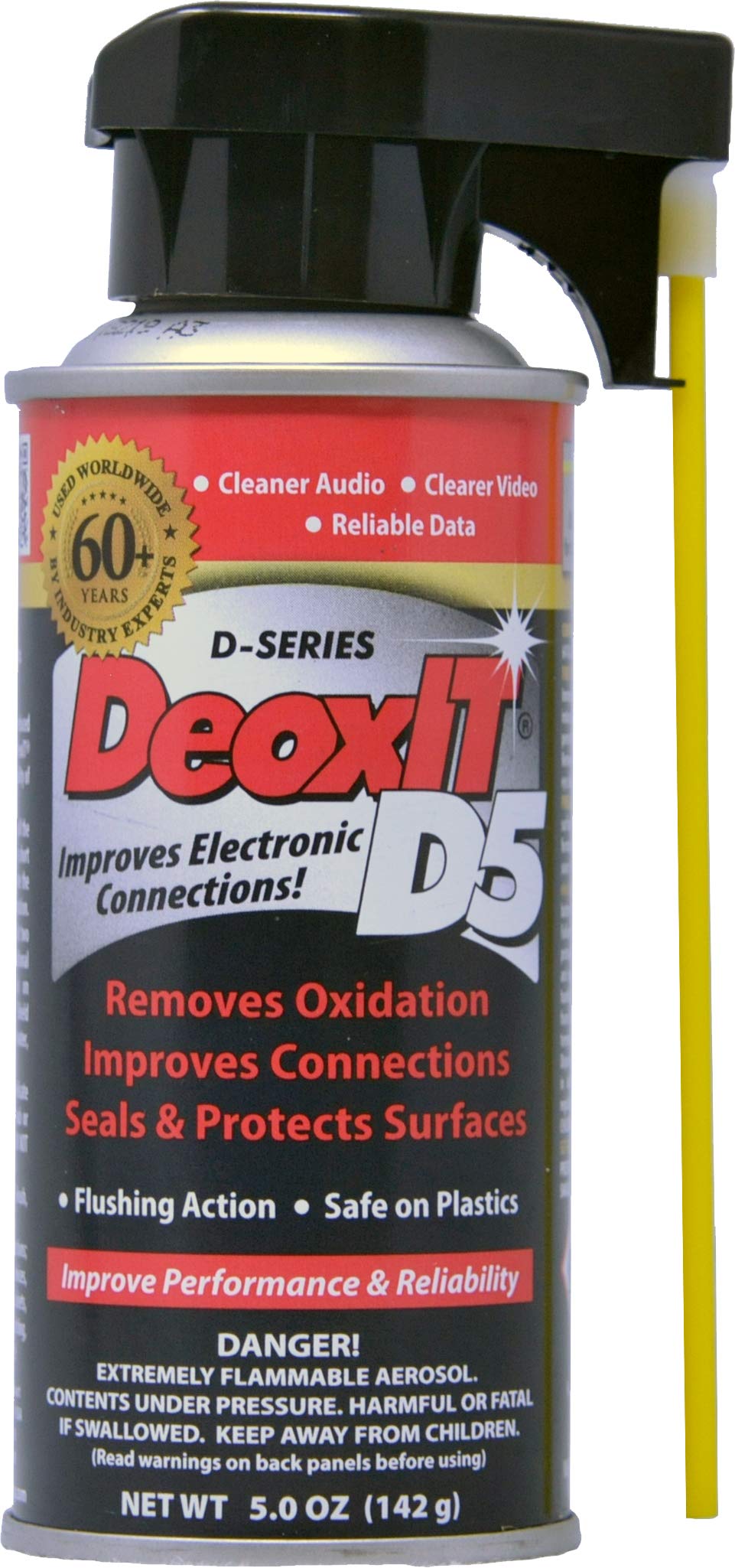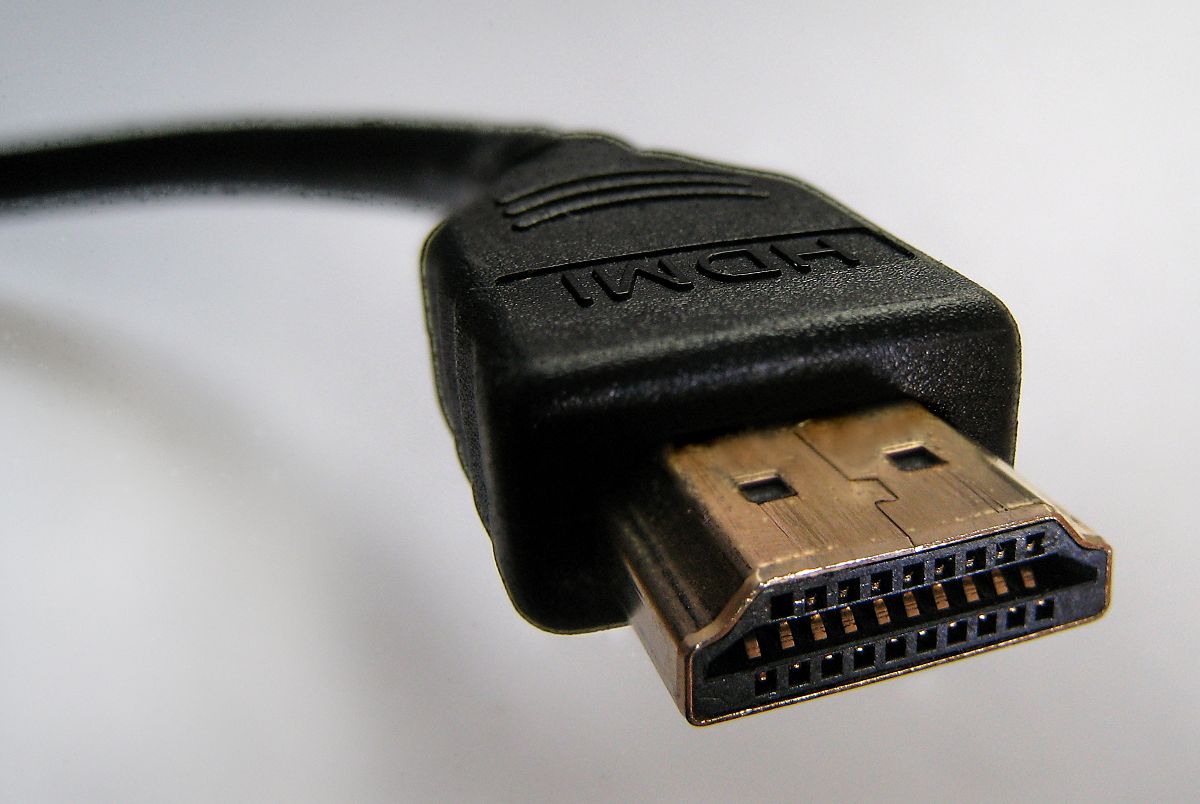Has your PS3 controller been experiencing self-moving analog drift? Here’s a guide on fixing it.
Identifying the Problem

To fix a PS3 controller’s self-moving analog drift, it is essential to first identify the problem accurately. The analog drift refers to the joystick moving on its own without any input from the user. This can be frustrating and impact your gaming experience. Here are some steps to help you identify the problem:
1. Check for physical damage: Inspect the controller for any visible signs of damage such as worn-out buttons, loose connections, or a damaged joystick. If you notice any issues, it may be necessary to replace the damaged components.
2. Clean the controller: Dust and debris can accumulate over time, causing the analog drift. Use a can of compressed air to blow away any dirt or particles that may be interfering with the joystick’s movement.
3. Test the controller on a different device: Connect the controller to a different device, such as a PC, to see if the analog drift issue persists. If the problem is only present on your PlayStation 3, it could indicate a software or compatibility issue specific to the console.
4. Reset the controller: Perform a hard reset by holding down the reset button on the back of the controller for about 10 seconds. This will reset the controller’s settings and may resolve any software glitches causing the analog drift.
5. Update the controller firmware: Check for any available firmware updates for your controller. Manufacturers often release updates to fix known issues and improve performance. Visit the official PlayStation website or the controller manufacturer’s website for instructions on how to update the firmware.
Troubleshooting Steps

-
Disconnect the controller from the console
- Turn off the PlayStation console.
- Unplug the controller from the console.
-
Reset the controller
- Locate the small reset button on the back of the controller.
- Use a small object, such as a paperclip, to press the reset button.
-
Check for obstructions or debris
- Inspect the analog sticks for any visible dirt, dust, or debris.
- If present, gently clean the analog sticks using a soft cloth or cotton swab dipped in rubbing alcohol.

-
Calibrate the analog sticks
- Connect the controller to the console using a USB cable.
- Turn on the PlayStation console.
- Access the controller settings in the console’s menu.
- Select the option to calibrate the analog sticks.

- Follow the on-screen instructions to complete the calibration process.
-
Update the controller firmware
- Connect the controller to the console using a USB cable.
- Turn on the PlayStation console.
- Access the system settings menu on the console.
- Check for any available firmware updates for the controller.
- If an update is available, follow the prompts to download and install it.
-
Replace the analog sticks
- If none of the above steps resolve the issue, it may be necessary to replace the analog sticks.
- Consult the user manual or contact the manufacturer for instructions on replacing the analog sticks.

Possible Causes

| Possible Cause | Description |
|---|---|
| Dust or debris accumulation | Dust particles or debris can interfere with the analog sticks, causing them to register movement even when untouched. |
| Wear and tear | Over time, the internal components of the controller, such as the potentiometers, can wear down, leading to inaccurate readings and self-moving analog drift. |
| Moisture or liquid damage | Spills or exposure to moisture can damage the internal circuitry of the controller, causing erratic behavior including analog drift. |
| Controller calibration issues | Improper calibration or misalignment of the analog sticks during manufacturing or regular use can result in analog drift. |
| Firmware or software problems | Outdated or corrupted firmware/software can cause glitches and malfunctions in the controller, leading to self-moving analog drift. |
| Electromagnetic interference | Strong electromagnetic fields from nearby devices or electronic equipment can disrupt the controller’s signals and cause analog drift. |
Solutions and Fixes

First, try cleaning the analog sticks. Over time, dust and debris can accumulate, causing the drift. Use a small amount of rubbing alcohol and a cotton swab to gently clean around the base of the sticks. Be careful not to use too much liquid or apply excessive pressure, as this could damage the controller.
If cleaning doesn’t solve the problem, you can try calibrating the controller. Connect the controller to the PS3 using a USB cable and navigate to the settings menu. Select “Accessory Settings” and then “Calibrate Motion Controller.” Follow the on-screen instructions to calibrate the analog sticks. This may help to recalibrate the controller and eliminate the drift.
If neither cleaning nor calibration works, you may need to replace the analog sticks. You can purchase replacement analog sticks online and follow online tutorials or guides to replace them yourself. Alternatively, you can take the controller to a professional repair service or contact the manufacturer for assistance.
F.A.Q.
Why is my ps3 controller malfunctioning?
Your PS3 controller may be malfunctioning due to various reasons such as syncing errors between the controller and the console, problems with the battery, or issues with the internal hardware.
Why is my PlayStation controller moving on its own?
Your PlayStation controller may be moving on its own due to analog stick drift. This can be caused by a dirty analog stick or a damaged analog stick or potentiometer.

